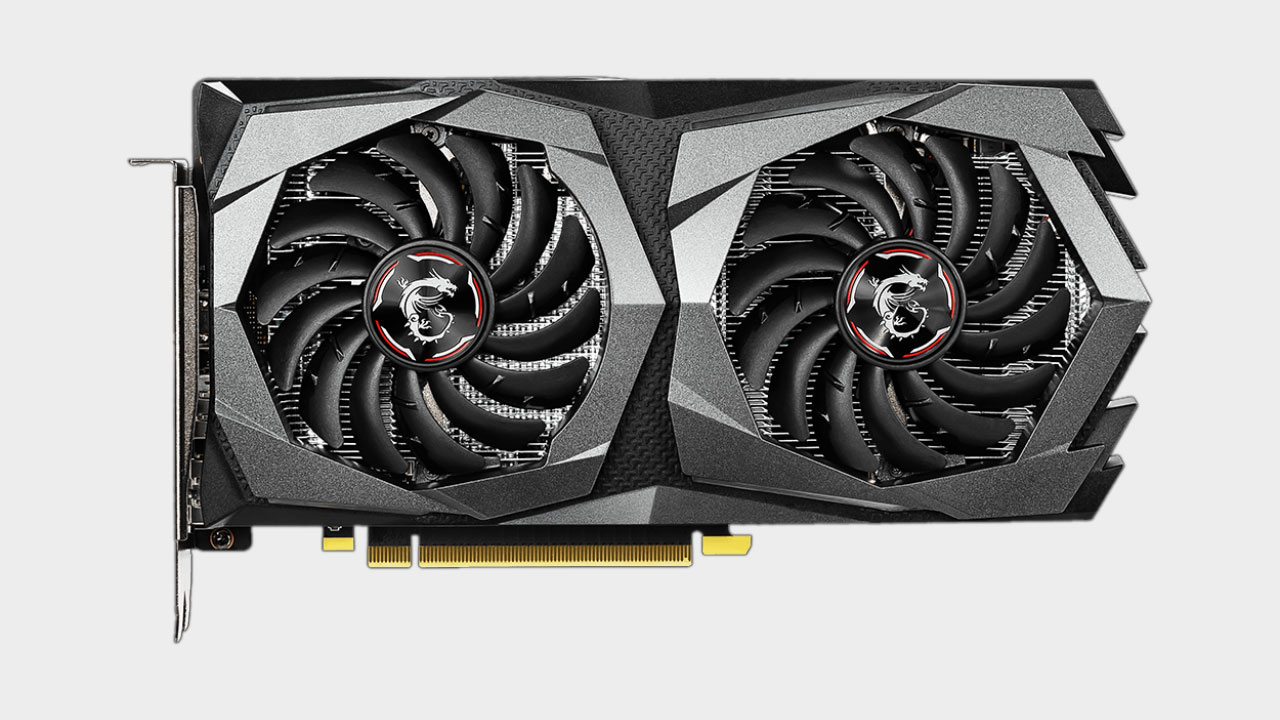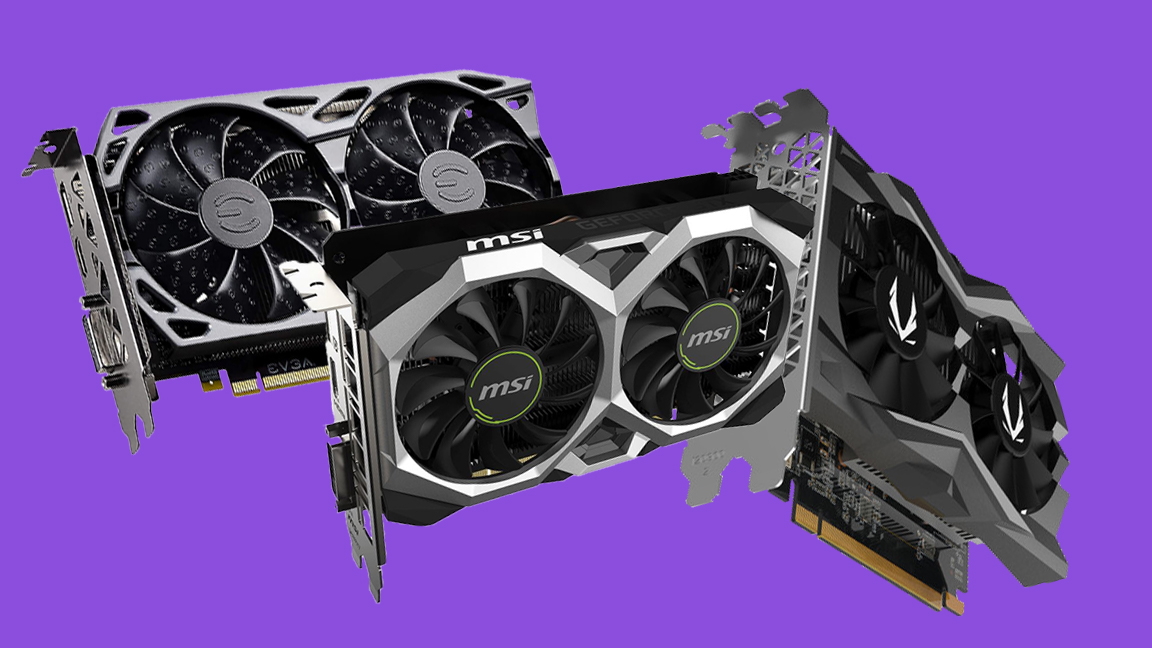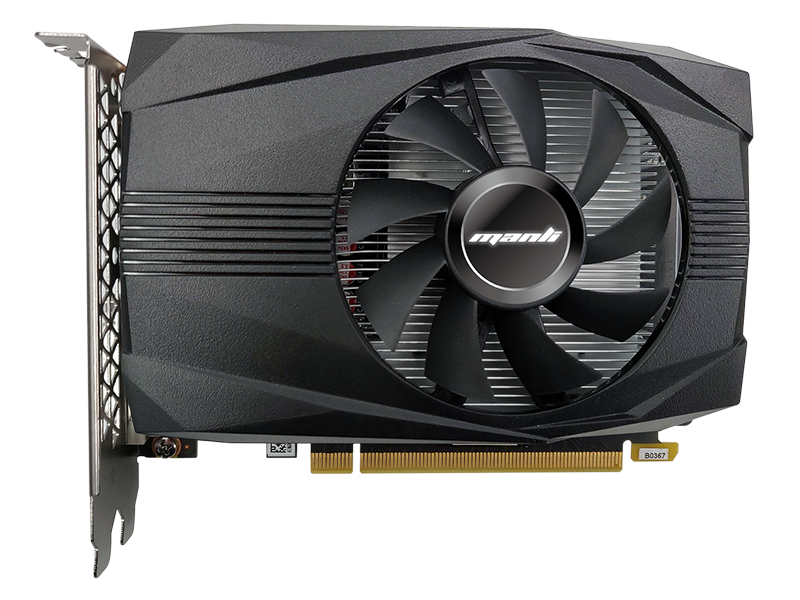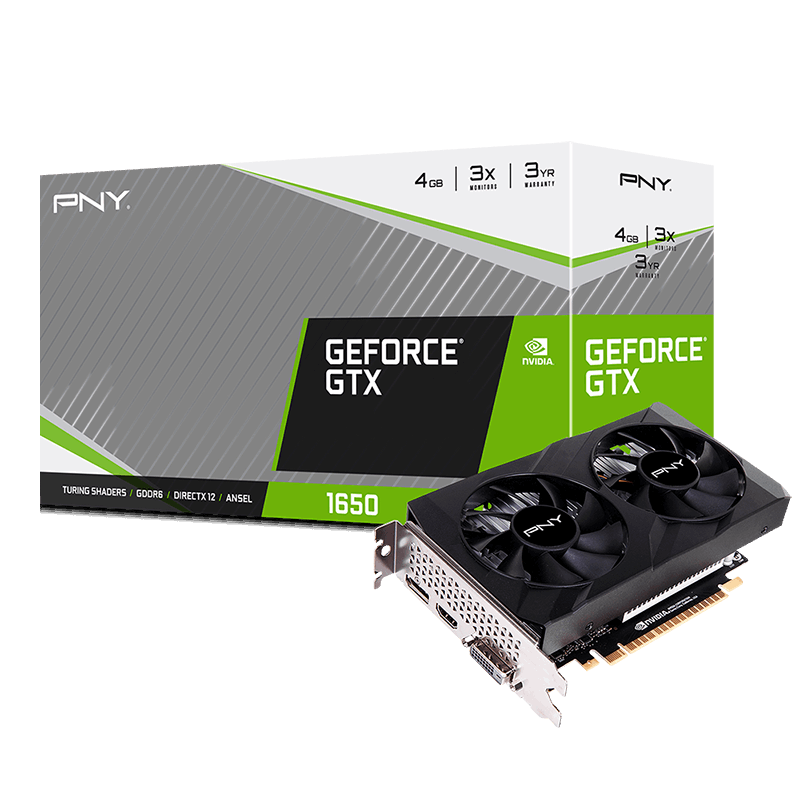Choosing the right graphics card is crucial for gamers and creators alike. The Nvidia GeForce GTX 1650 and RTX 3050 are two popular options that cater to different needs and budgets. While the GTX 1650 targets budget-conscious consumers seeking reliable performance, the RTX 3050 steps into the realm of next-gen features like ray tracing. In this comprehensive comparison, we’ll examine the performance differences, feature sets, cost-effectiveness, and future-proofing capabilities of each card to help you make an informed decision for your setup.
Performance Differences Between GTX 1650 and RTX 3050
The GTX 1650 and RTX 3050 differ significantly in performance, with the RTX 3050 delivering more power and efficiency thanks to its newer architecture.
Raw Power and Speed
The RTX 3050, built on Nvidia’s Ampere architecture, boasts more CUDA cores and faster memory compared to the GTX 1650’s Turing architecture. This translates to higher frame rates and smoother gameplay at more demanding settings and resolutions.
Real-World Gaming Benchmarks
In gaming benchmarks, the RTX 3050 consistently outperforms the GTX 1650, particularly in titles that require more graphical horsepower. The RTX 3050 enables gaming at 1080p with higher settings and is also capable of pushing into 1440p territory with acceptable performance, something the GTX 1650 struggles with.

Feature Sets: GTX 1650 vs RTX 3050
The RTX 3050 comes packed with features that are absent in the GTX 1650, aligning with the latest gaming and creative trends.
Ray Tracing and DLSS
One of the key features that set the RTX 3050 apart is its support for real-time ray tracing, which enhances games with realistic lighting, shadows, and reflections. The RTX 3050 also supports Nvidia’s DLSS (Deep Learning Super Sampling), an AI-driven technology that boosts frame rates while maintaining image quality.
Encoder and Software Support
The RTX 3050 benefits from Nvidia’s latest NVENC encoder, providing superior video encoding for streamers and content creators. It also has better support for newer driver features and optimizations, enhancing overall performance and compatibility with the latest games and applications.

Cost-Effectiveness for Gamers and Creators
While the RTX 3050 is the more powerful card, cost-effectiveness is a critical factor to consider when comparing it to the GTX 1650.
Price to Performance Ratio
For those on a tight budget, the GTX 1650 offers a decent price-to-performance ratio, making it a compelling entry-level option. However, the RTX 3050’s advanced features and better performance may justify the higher initial investment for some users.
Long-Term Value Considerations
Investing in the RTX 3050 could provide better long-term value, as its newer technology will likely remain relevant for a longer period. This can be particularly important for users who don’t upgrade their components frequently and need a card to last through several years of game releases.

Future-Proofing with GTX 1650 vs RTX 3050
Evaluating the future-proofing capabilities of a graphics card is essential, especially as gaming and creative software continue to evolve.
Keeping Up with Game Development
As game developers increasingly adopt ray tracing and other advanced graphical features, the RTX 3050’s capabilities ensure it can keep up with the evolving landscape. The GTX 1650 may fall behind, as it lacks support for these next-gen technologies.
Suitability for Upcoming Titles
Considering the future of gaming, the RTX 3050 is better equipped to handle upcoming titles that will demand more from graphics hardware. Its support for DLSS alone can be a deciding factor, as it allows gamers to maintain high performance without compromising on visual fidelity.

Understanding how a graphics card interacts with software is crucial for maintaining optimal performance over time. Both the GTX 1650 and RTX 3050 offer compatibility with a wide range of gaming and creative applications, but their long-term support can vary.
Software and Driver Updates
The RTX 3050, being a newer model, tends to receive more frequent driver updates and optimizations from Nvidia. These updates are designed to improve performance, fix issues, and provide the best compatibility with the latest software releases. The GTX 1650, while still receiving updates, may not benefit from the same level of attention as Nvidia shifts its focus to more recent hardware.
Future Game Requirements
As game developers continue to push the envelope with more advanced graphics technologies, the software requirements will evolve. The RTX 3050, with its more modern feature set, is better positioned to meet these requirements, ensuring gamers can enjoy new releases without the need for immediate hardware upgrades. On the other hand, GTX 1650 owners may need to compromise on settings or face potential limitations with future high-end titles.

Energy Efficiency and System Impact
The impact of a graphics card on a system’s power draw and thermal performance is another factor to consider when choosing between the GTX 1650 and RTX 3050.
Power Consumption
The GTX 1650 has a reputation for being energy efficient, which can be an advantage for systems with less robust power supplies or for users seeking to minimize their energy footprint. The RTX 3050, while more powerful, typically requires more power to operate, potentially necessitating a PSU upgrade and resulting in higher energy usage.
Thermal Management
Both cards generate heat during operation, but the RTX 3050’s increased performance capabilities mean it may produce more heat under load. Proper cooling solutions are essential to keep temperatures in check and maintain the longevity of the components. Users upgrading from the GTX 1650 to the RTX 3050 should ensure their case has adequate airflow and cooling to prevent thermal throttling and maximize performance.
Community and Ecosystem Support
The community and ecosystem that surrounds a graphics card contribute significantly to the user experience. Both Nvidia models come with a support ecosystem, but they cater to different user bases.
Gaming and Modding Communities
The GTX 1650 has a large user base, with many online communities and forums where enthusiasts share tips, mods, and experiences. This can be a valuable resource for troubleshooting or optimizing game performance. The RTX 3050, with its newer technologies like ray tracing and DLSS, is quickly gaining traction among gamers and enthusiasts looking to push the boundaries of what’s possible.
Ecosystem and Peripheral Compatibility
Nvidia’s ecosystem offers tools like GeForce Experience for easy driver updates and game optimization, as well as compatibility with a wide range of gaming peripherals. The RTX 3050’s support for features like Nvidia Reflex, which enhances responsiveness in competitive gaming, provides an added advantage for serious gamers looking to optimize their setup.
Making the Right Choice for Your Needs
In the showdown between the GTX 1650 and RTX 3050, the decision ultimately hinges on your specific requirements and budget constraints. The GTX 1650 remains a solid choice for casual gamers and those with limited funds, providing satisfactory performance at a lower cost. However, for enthusiasts looking for a card that can handle the latest games with all their graphical splendor and for creators needing efficient video encoding, the RTX 3050 is the clear winner. It delivers superior performance, future-proof features, and the potential for a more immersive gaming and creative experience. When deciding, consider not just the current benefits but also how well the card will serve you in the years to come.


